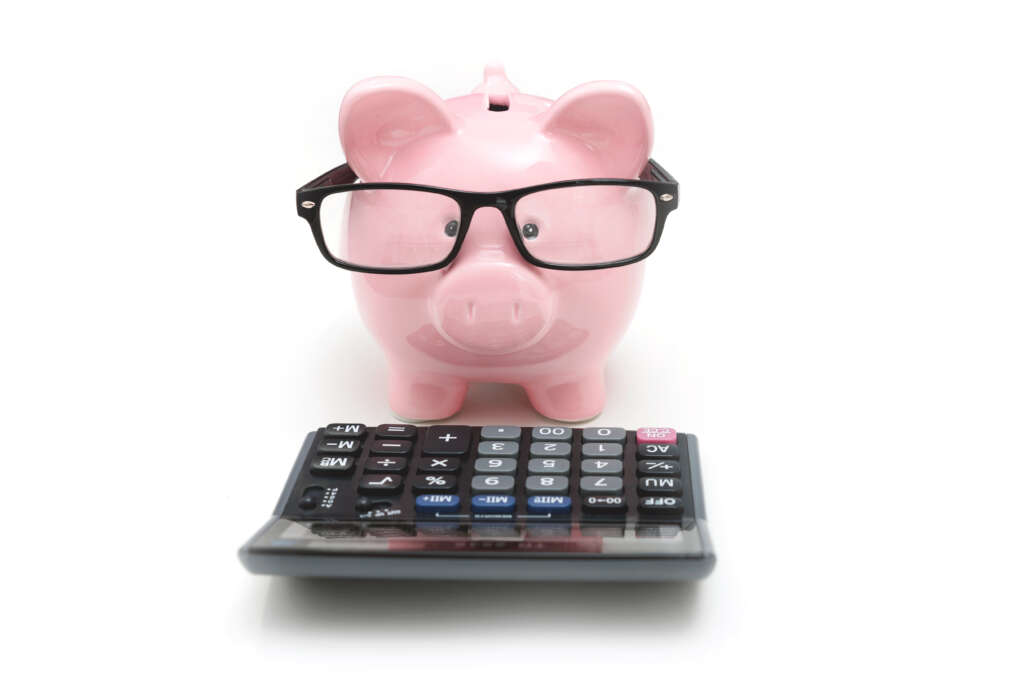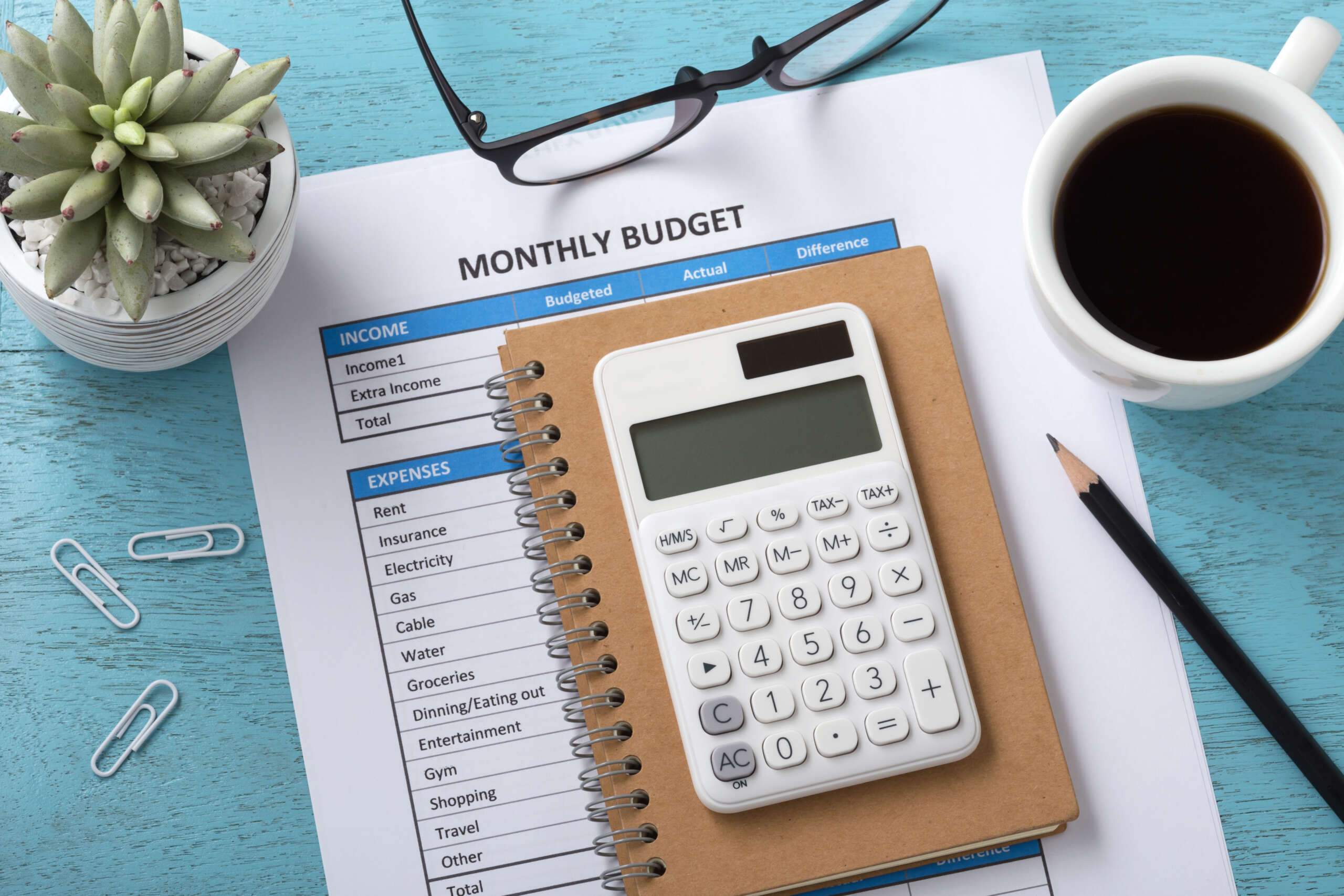Share This Article
Nobody enjoys opening utility bills and finding they’re higher than expected. The good news is that you have more control over these costs than you might think. With a combination of simple behavioral changes, smart home upgrades, and strategic planning, most households can cut their utility expenses by 10-30% without sacrificing comfort.
Whether you’re dealing with soaring summer cooling costs or winter heating bills that make you cringe, there are practical steps you can take starting today. Many of these strategies cost nothing to implement, while others require modest upfront investments that pay for themselves within months.
Understanding Your Energy Usage
Before you can effectively reduce your bills, you need to understand where your money is going. Most utility companies provide detailed usage reports online or through their mobile apps, showing you how your consumption compares to similar homes in your area.
Your heating and cooling system typically accounts for 40-50% of your energy bill, making it the biggest opportunity for savings. Water heating comes next at around 15-20%, followed by electronics and appliances at 10-15% each. Lighting, despite what many people assume, usually represents only 5-10% of your total usage.
Seasonal Patterns Matter
Summer and winter bills tend to spike due to air conditioning and heating demands. If you notice your bills are highest during peak seasons, focus your energy-saving efforts on climate control first. Spring and fall offer the best opportunities to tackle maintenance tasks and plan upgrades while your system isn’t working overtime.
Smart Thermostat Strategies
A programmable or smart thermostat can be one of your best investments for long-term savings. The latest Nest Learning Thermostat (4th gen) and Ecobee models typically pay for themselves within a year through energy savings.
Set your thermostat to 68°F in winter and 78°F in summer when you’re home. Every degree you adjust can save 6-8% on your heating and cooling costs. When you’re away for more than four hours, adjust the temperature by 7-10 degrees – your system won’t have to work as hard to reach your preferred temperature when you return.
The 7-Day Rule
Program different temperatures for weekdays versus weekends based on your schedule. If you work from home on certain days, create separate programs for those days. Modern smart thermostats learn your patterns and can automatically adjust based on whether anyone’s home, using geofencing technology.
Heating and Cooling Efficiency
Simple maintenance can dramatically improve your system’s efficiency. Replace air filters every 1-3 months – dirty filters force your system to work harder and use more energy. Check your filters monthly by holding them up to the light; if you can’t see through them clearly, it’s time for a replacement.
Clean your vents and ensure they’re not blocked by furniture, curtains, or storage items. Poor airflow makes your system work harder and creates uneven temperatures throughout your home. For central air systems, have your ductwork inspected every few years – leaky ducts can waste 20-30% of your energy.
Ceiling Fan Strategy
Use ceiling fans to circulate air and create a wind-chill effect that lets you set the thermostat 3-4 degrees higher in summer. Make sure fans rotate counterclockwise in summer (pushing air down) and clockwise in winter (pulling air up to circulate warm air from the ceiling). Remember, fans cool people, not rooms, so turn them off when you leave.
Water Heating Savings
Your water heater works around the clock, making it a prime target for savings. Lower the temperature to 120°F instead of the default 140°F – you’ll still have plenty of hot water for showers and dishes while reducing energy consumption by 6-10%.
Insulate your water heater with a blanket if it’s more than five years old and located in an unheated space like a garage or basement. Water heater blankets from Home Depot cost around $20-50 and can save $25-45 annually.
Fix leaky faucets and running toilets immediately – a single dripping hot water faucet can waste hundreds of gallons per month. Install low-flow showerheads and faucet aerators, which can reduce hot water usage by 25-60% without noticing a difference in water pressure.
Smart Water Heating
Consider upgrading to a programmable water heater timer that heats water only when you need it. For around $100-200, you can program your water heater to turn off overnight and during work hours, then heat up before your morning shower.
Lighting and Electronics
Switch to LED bulbs, which use 75% less energy than incandescent bulbs and last 25 times longer. While LEDs cost more upfront, they typically save $30-80 over their lifetime per bulb. Focus on replacing bulbs in frequently used rooms – living rooms, kitchens, and bedrooms.
Unplug electronics when not in use or use smart power strips that cut phantom power draw. Devices like cable boxes, printers, and phone chargers continue drawing power even when turned off, adding $100-200 annually to your bill for the average home.
Strategic Appliance Use
Run dishwashers and washing machines with full loads during off-peak hours if your utility offers time-of-use pricing. Many companies charge less for electricity used late at night or early morning. Check with your utility company – you might save 20-50% on these activities just by shifting when you do them.

Insulation and Air Sealing
Air leaks around windows, doors, and outlets can account for 5-30% of your heating and cooling costs. Use weatherstripping around doors and windows, and apply caulk to seal gaps smaller than a quarter-inch wide.
Check your attic insulation – if you can see the floor joists, you likely need more insulation. The Department of Energy recommends R-38 to R-60 for most climates. Adding insulation typically costs $1,500-3,000 for an average home but can reduce heating and cooling costs by 10-50%.
Simple Air Sealing Projects
Use foam gaskets behind outlet and switch plates on exterior walls, and install door sweeps under exterior doors. Apply weatherstripping to attic access doors and seal around pipes, wires, and ducts that penetrate walls or ceilings. These small projects cost under $100 total but can yield significant savings.
Appliance Efficiency
If your appliances are more than 10-15 years old, replacement might save more money than you’d expect. Modern ENERGY STAR appliances use 10-50% less energy than older models. A new ENERGY STAR refrigerator can save $300 over five years compared to a model that’s a decade old.
When shopping for appliances, look beyond the purchase price to the yellow EnergyGuide labels that show estimated annual operating costs. A slightly more expensive, efficient model often costs less to own over its lifetime.
Refrigerator and Laundry Tips
Keep your refrigerator between 37-40°F and your freezer at 0-5°F – every degree colder increases energy use by 5%. Clean the coils on the back or bottom every six months, and ensure good airflow around the unit.
Wash clothes in cold water when possible – heating water accounts for 80-90% of a washing machine’s energy use. Clean your dryer’s lint filter after every load and the exhaust vent annually to maintain peak efficiency.
Utility Company Programs
Many utility companies offer rebates, free energy audits, and efficiency programs that can significantly reduce your upgrade costs. Database of State Incentives for Renewables & Efficiency (DSIRE) helps you find programs in your area.
Contact your utility company about budget billing programs that spread your annual costs evenly across 12 months, making bills more predictable. Some companies also offer time-of-use rates that can save money if you can shift energy usage to off-peak hours.
Assistance Programs
If you’re struggling with utility bills, look into Low Income Home Energy Assistance Program (LIHEAP) benefits through your state. Many utilities also offer hardship programs, payment plans, and weatherization assistance for qualifying customers.
Renewable Energy Options
Solar panels have become increasingly affordable, with many homeowners seeing payback periods of 6-10 years. Even if you can’t install panels, many utilities offer community solar programs where you can purchase renewable energy credits that offset your traditional electricity usage.
Research your state’s net metering policies and federal tax incentives before making renewable energy investments. The federal solar tax credit (officially called the Residential Clean Energy Credit) currently allows you to deduct 30% of solar installation costs from your federal taxes. However, this credit is set to expire completely on December 31, 2025, under legislation signed by President Trump in July 2025. To qualify, your solar system must be fully installed and operational before the end of 2025.
Starting Small
Consider starting with a solar water heater or small backup battery system before committing to whole-house solar. These smaller investments let you experience renewable energy benefits while reducing your overall consumption.
Seasonal Maintenance Schedule
Create a maintenance calendar to keep your systems running efficiently year-round. Spring tasks include cleaning air conditioning units, checking weatherstripping, and scheduling HVAC tune-ups. Summer focuses on monitoring usage and adjusting habits based on your bills.
Fall preparation includes changing furnace filters, reversing ceiling fans, and sealing any new air leaks discovered during the cooling season. Winter maintenance involves checking insulation, monitoring heating costs, and planning upgrades for the following year.
Key Takeaways
- Focus on heating and cooling first, as these systems account for nearly half your energy costs
- Invest in a smart thermostat and adjust temperatures by 7-10 degrees when away from home
- Replace air filters monthly and ensure vents aren’t blocked for optimal system efficiency
- Lower water heater temperature to 120°F and fix leaky faucets immediately to reduce hot water waste
- Switch to LED bulbs and unplug electronics when not in use to eliminate phantom power draw
- Seal air leaks around windows and doors with weatherstripping and caulk for immediate savings
- Take advantage of utility company rebates and programs to reduce upgrade costs
- Consider time-of-use pricing and shift energy-intensive activities to off-peak hours when possible



